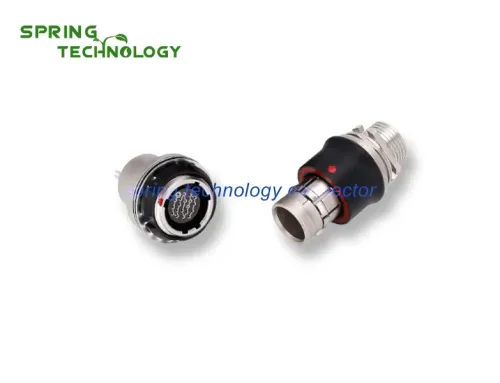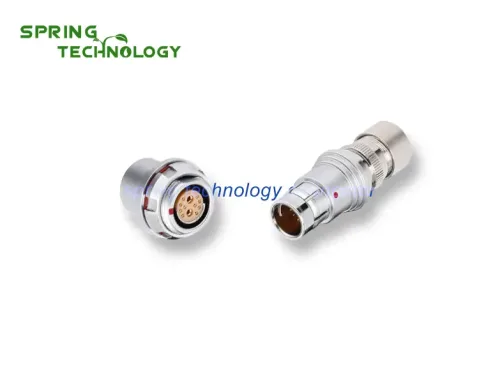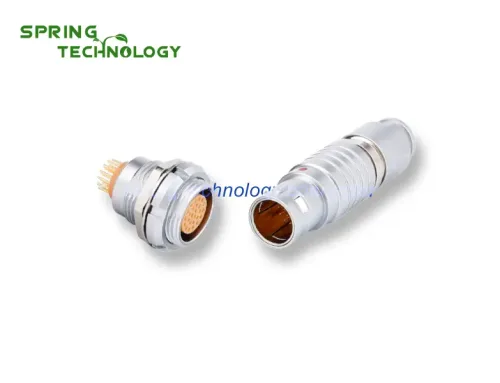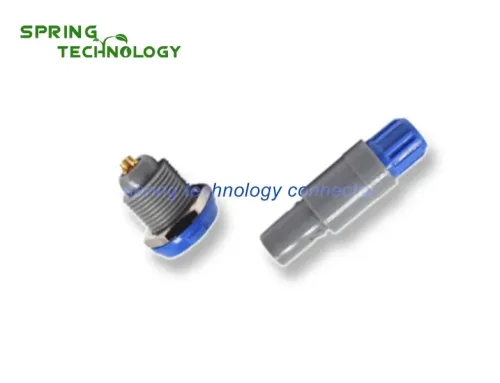Almost all electronic connector terminals must be surface-treated, usually referred to as plating. Electroplating is a metal electrodeposition process. It refers to the process of releasing simple metal ions or complex ions on the surface of a solid (conductor or semiconductor) by electrochemical methods to reduce metal atoms to attach to the electrode surface, thereby obtaining a metal layer. The purpose of electroplating is twofold: one is to protect the terminal spring base material from corrosion. Most connector reeds are made of copper alloys and often corrode in the environment of use, such as oxidation and sulfuration. The terminal plating is to isolate the reed from the environment to prevent corrosion. Of course, at least in the application environment, the plating material will not corrode. The second is to optimize the performance of the terminal surface, establish and maintain the contact interface between the terminals, especially the thin film control. In other words, it makes it easier for the connector to make contact between metals. There are two ways to optimize the surface properties of the terminal. One is to optimize the design of the connector and establish and maintain a stable terminal contact interface. The second is to establish metal contact, which requires that no surface film layer be present or broken during the insertion process. The difference between the two forms without film cracking and film cracking is the difference between noble metal plating and non-noble metal plating.
Precious metal coatings (such as gold, palladium and their alloys) are inert and have no coating. Therefore, for these surface treatments, metal contact is “automatic”. What we must consider is how to keep the “nobility” of the terminal surface from external factors such as contamination, substrate diffusion, and terminal corrosion. Non-metallic coatings, especially tin and lead and their alloys, cover an oxide film, but when inserted, the oxide film can easily crack and establish metal contact areas. Mokolink electronic connectors are only plated with thick gold and not with thin gold. Plated with precious metal terminals. Precious metal terminal plating refers to the precious metal covering the bottom surface, usually nickel. Plating thickness of ordinary connector: 15 ~ 50u gold, nickel 50 ~ 100u. The most commonly used precious metal coatings are gold, palladium and other alloys. Gold has excellent electrical and thermal conductivity, and is resistant to corrosion in any environment. It is the most ideal plating material. In connectors requiring high reliability, the main plating is gold. But because of the high price of gold, people have been looking for alternative materials. Palladium is also a precious metal. Compared with gold, palladium has higher resistance, lower heat transfer, and poor corrosion resistance, but it has the advantages of high friction resistance. Usually, palladium-nickel alloy (80 ~ 20) is used in the connector post (POST).




